Tax emigration checklist for Canadians moving to the United States
| SUGGESTED TIMELINE |
TAXPAYER ACTIONS |
|
At least two years before moving to the U.S. |
|
|
Close to departure date |
|
|
Arrival in the U.S. |
|
|
In April, following the year of departure |
|
Important Government ReferencesCRA Income Tax Folio S5-F1-C1, Determining an Individual’s Residence Status International Tax Convention between Canada and the United States |
How Can Raymond James Help?Our dual-registered advisors across Canada have the ability to provide cross-border investment services to Canadian clients moving to the U.S. under our Raymond James (USA) Ltd. (RJLU) investment firm. RJLU offers regular investment accounts in U.S. and Canadian currency, IRAs, 401(k) plans, Roth IRAs, and 529 Qualified Tuition Plans to U.S. resident clients. RJLU clients can also benefit from our U.S. banking services such as online bill payments, chequing, ATM access, cash sweeps from investment accounts, lines of credit, and Visa debit cards. Raymond James has financial planning and tax professionals in Canada and the U.S. who can help you plan your departure and answer preliminary questions about the effect of your move on your financial plan and your income taxes. Our Canadian tax preparation services are also available to Raymond James Ltd. clients in need of ongoing non-resident personal tax filings for their Canadian rental properties or for the sale of their Canadian properties. Learn more about your cross-border financial account options and planning opportunities before moving by contacting a Raymond James financial/investment advisor.
|




